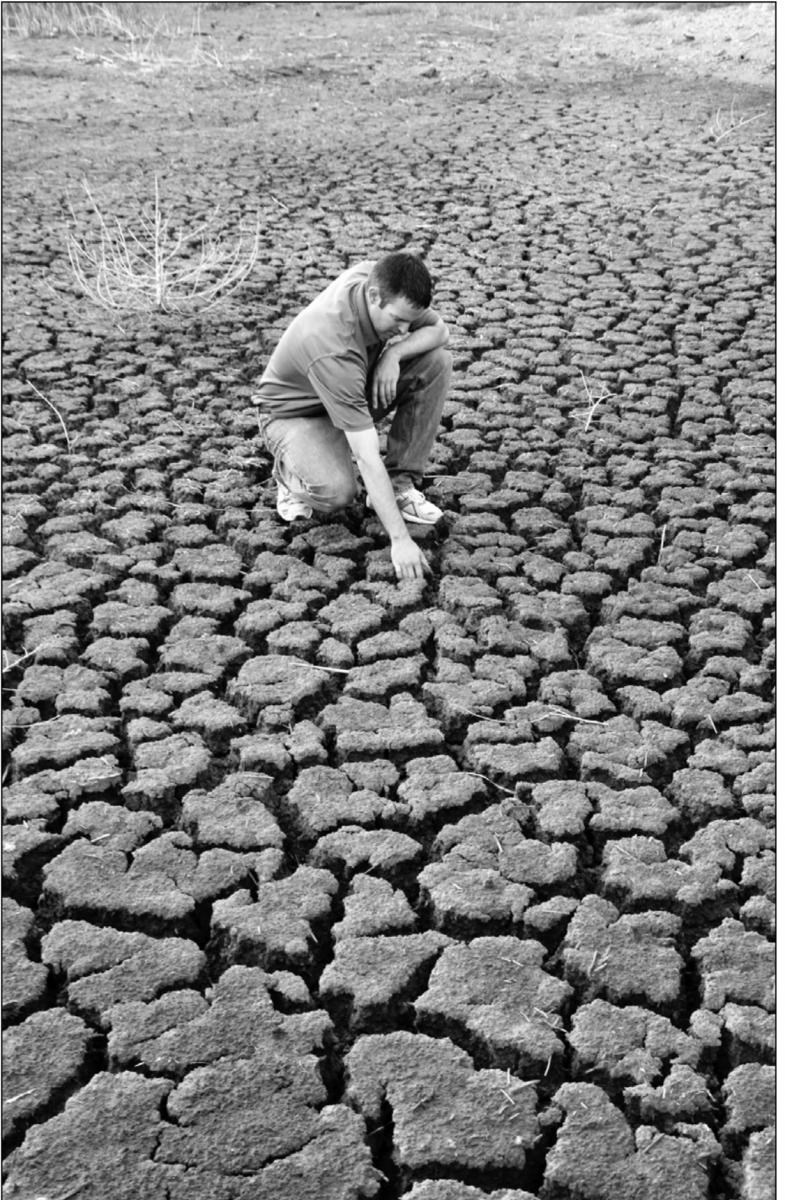An El Ni脙卤o weather pattern is underway and will last until winter, Japan said on Friday, foreshadowing disruptive conditions that could harm crops from Australia to India at a time of rising fears about global food supplies.
Corn prices have surged more than 60 per cent in the past two months as the United States reels from the worst drought in more than 50 years, while global soy supplies are also tight after drought in South America.
Data suggested the El Ni脙卤o had emerged, the Japan Meteorological Agency said, referring to conditions in the equatorial 91原创.
"The chances are high that the El Ni脙卤o phenomenon will be maintained until the winter," the agency said in a statement.
Adding to worries, the United Nation's Food and Agriculture Organization said on Thursday the world was closer to a repeat of a 2008 food crisis because of a spike in food costs.
The big unknown is how intense and how long the developing El Ni脙卤o will be. An intense El Ni脙卤o can cause widespread drought in Australia, parts of Africa, Southeast Asia and India, but also bring rains to other parts of the globe.
While it can boost corn and soy crops in South America, wheat harvests can be devastated in Australia. Coffee, cocoa, rice and sugar output in Southeast Asia can also be hit.
Officials said El Ni脙卤o could kick in at the end of the Indian monsoon in September, hurting winter wheat, rapeseed and chickpea crops.
Drier weather would be good for China's autumn grain-growing period, mostly corn and soybean, which accounts for more than 70 per cent of the country's total grain output, a senior Chinese meteorological official said.
El Ni脙卤o is a warming of sea surface temperatures in the equatorial 91原创 that occurs every four to 12 years. It is the opposite of the very closely related La Ni脙卤a pattern, which often triggers floods in Australia and parts of Asia. Intense back-to-back La Ni脙卤a episodes occurred during 2010-12.
The U.S. Climate Prediction Center, part of the National Oceanic Atmospheric Administration, also warned on Thursday that an El Ni脙卤o was almost certain to occur over the next two months.
The last severe El Ni脙卤o in 1998 caused drought in Australia and Southeast Asia, withering crops and triggering forest fires.
El Ni脙卤o can also bring warmer, wetter winters in Japan and parts of North America, but any rains might be too late for the parched U.S. corn crop.
Concepcion Calpe, senior economist at the FAO, said she expected a mild El Ni脙卤o to develop but it could bring "some bad weather which could jeopardize crops in the coming months."
El Ni脙卤o means "little boy" in Spanish and was first used by anchovy fishermen in Ecuador and Peru in the 19th century to refer to the arrival of unusually warm ocean waters around Christmas.



